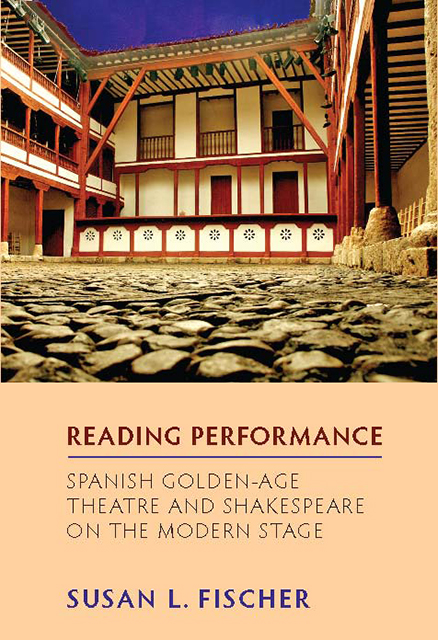1 - Calderón and semiological self-exorcismEl médico de su honra (The Physician of his Honor)
Published online by Cambridge University Press: 28 February 2023
Summary
In an “interrogation” whose subtitle is “an exercise in self-exorcism,” Patrice Pavis queries: “What is the use of semiology? Is it not just one more technology to be added to the already very advanced technologization of stage arts and theatre studies, a pedantic and tortuous method of weighing obvious facts that every man [sic] of the theatre knows instinctively?” (Languages 195). If these words are pronounced with tongue-in-cheek, Marco de Marinis, in a dialogue with Pavis, touches on the inherent contradiction of the theatre experience that makes it resist semiological analysis:
The theatrical specialist (and, therefore, also the semiologist of theatre) finds himself in a rather paradoxical and unenviable position: he must study an object (the performance) which, as such, is missing. Indeed, none or almost none of the constituent elements of the performance exists beyond the ephemeral duration of the performance itself; nothing remains but the written text when that exists. (Pavis, Languages 30)
Roland Barthes, in describing theatre as “a kind of cybernetic machine” and theatricality as “a density of signs,” identifies theatre's ability to draw on a number of sign systems that do not function in a linear mode but operate simultaneously in time and space (“Literature” 261). There have been a number of attempts at classifying such theatrical sign-systems: e.g. Tadeusz Kowzan's pioneering taxonomy of thirteen sign-systems and their possible auditive and visual configurations (73); Martin Esslin's linear extension of that classification to twenty-two (to include cinema and television) but still without space to account for the spectator's role in the production of meaning (Field 103–5); and the 1985 Pavis “Questionnaire,” which not only lists theatrical sign-systems, but also guides the commentator from identification to an analysis of signification by virtue of the sub-questioning-discussion points offered in the categories.
Drama critics and theorists have increasingly noted the limitations of semiotics as applied to performance.
- Type
- Chapter
- Information
- Publisher: Boydell & BrewerPrint publication year: 2009
- 1
- Cited by



